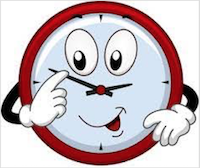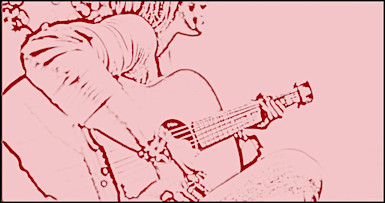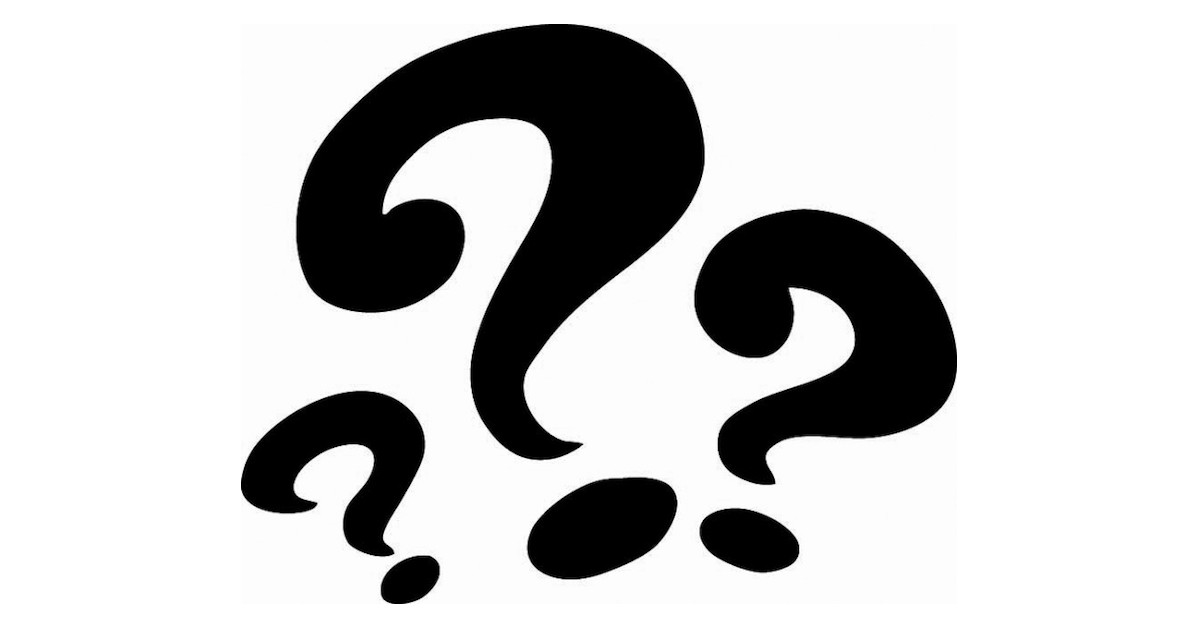Most of the time when you start writing a song, you’re thinking about what you’re feeling and what you want to say. Good! That’s the best way to approach your songwriting. But it’s also a good idea to keep a little corner of your brain focused on the song genre you want to aim for. Knowing your song’s genre right from the start, will make it much easier to find an audience for it down the road, and possibly a music publisher or record label.
Category: WHAT’S ON THE SITE
How to Write a Song If You Don’t Play an Instrument
If you want to write songs but you can’t play piano or guitar, don’t let that stop you. There are plenty of online resources and useful tools for creating tracks to write to or accompany your existing melody and lyrics. Even if you’re a musician, it’s fun to use some of these songwriting tools to break out of old habits and get inspired.
1. WEB SITES
Here are some online music creation web sites you can use to create accompaniment for your melody and lyrics or provide a music track to write to. I like to write to a guitar or drum groove to get a feel for the energy of the song I’m writing. It puts me in the mood. Or you can create a track to fit what you’ve already written.
Splice.com – If you’ve got a computer, tablet, or smartphone with a music app you can create current-sounding music tracks with Splice. For a low monthly fee you can download loops, beats, and samples and play with them in any music app, or use their online Beatmaker to create loops to sing to. Just record your voice while the Beatmaker plays.
Loopcloud.com – This website is somewhat similar to Splice. Loopcloud provides royalty-free lookps, samples, and beats. It also has a good array of plugins and effects to play with. Try out a few loops, get inspired, play creatively and see what you end up with. You can get a monthly subscription for under $10.t
2. PRE-RECORDED SONG TRACKS
You can buy pre-recorded song tracks from DrumsOnDemand.com. These are laid out in Verse/Chorus form and are available in a range of music styles. Most are fully produced with drums, bass, guitar, etc. There are some limitations on uses so read the FAQ sections.
Keep Reaching for Your Dream

There are times when you may find yourself feeling stuck. Your dream of being a songwriter doesn’t feel like it’s going anywhere while time just ticks away. But you can use that time to create something that will pay off later. If you do one thing that could get you closer to your dream, you can make the best of your downtime.
Here’s a list of 9 songwriting tasks you can do on your own or with cowriters. When things pick up again, you’ll be glad you did them.
Songs from Robin’s Workshops
Here’s a YouTube playlist with a few songs by some of the wonderful people I am proud to call my students, protégés, and song coaching clients. With hard work, practice, inspiration, and sweat , they’re turning out irresistible, contemporary songs . You’ll hear music styles and emotions that range from dark to light. If you hear something you like, please check out more of their music.
My students and coaching clients have had songs placed in “Empire,” “The Young and the Restless,” “Switched at Birth,” “The Vineyard,” “Big Bang Theory,” Hallmark Channel specials, Netflix, and many more.

POLL: What’s the Hardest Part of Songwriting?
Are there songwriting tasks you find frustrating? Do you dread doing lyrics? Are melodies a miserable muddle? You’re not alone. Everyone has their songwriting trouble spots. I certainly have mine. So, I decided to take a poll on my Facebook page to find the biggest bugaboos. I got 180 responses which, I think, gives a fairly good idea of what songwriters are thinking.
The question was “What do you think is the hardest part of songwriting?” I started out with just four categories —Lyrics, Melody, Chords, and Song Structure—the usual suspects. I asked people to vote for the ones that were hardest for them and I invited them to add their own categories which they promptly did! They added challenges like getting started, writing contemporary songs, writing in a genre, and more. They’ll get no argument from me. These are all difficult aspects of songwriting and I’m always looking for ways to make them easier. So here are the results of my unofficial poll.



